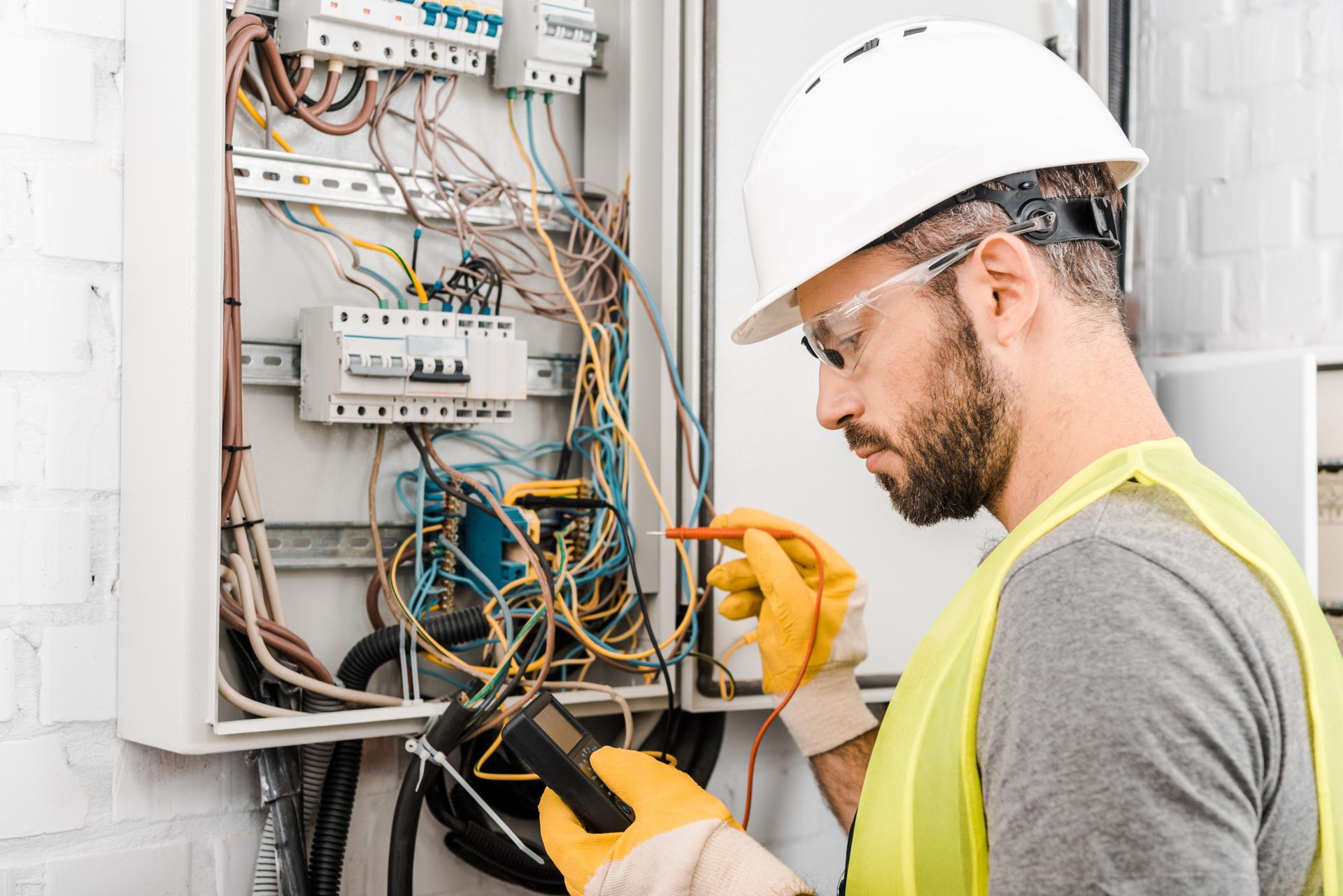A Beginner's Guide to Understanding Electrical Wiring in Your Home

Electricity is a vital part of our daily lives, powering everything from the lights in our houses to devices we use on a daily basis. However, electrical systems can be a bit complicated, making it difficult to understand how they operate can be difficult. In this guide, we’ll break down the elements of an electrical system, and explain how circuits work to power devices and appliances. Our residential electricians can handle any electrical jobs you need.
Components of an Electrical System
An electrical system is comprised of several important components that work to provide power throughout homes. This includes:
Breaker box: the main distribution point for electrical power in a home in which the power is divided into several circuits
Switches and outlets: the places where electricity is delivered to appliances and devices
Wiring: the wires that transport electricity from the breaker box to the outlets and switches
Electric appliances, devices and equipment: devices and appliances that use electricity for their functions.
Electrical Circuits
The term "electrical circuit" refers to a pathway which allows electricity to flow from the point of origin (the the breaker box) to appliances and devices within a home. There are two types of electrical circuits in a home: 120-volt circuits and 240-volt circuits. 120-volt circuits are employed for most household devices and appliances, whereas the 240-volt circuits are designed for larger appliances such as dryers and air conditioners.
Electrical circuits function by creating an electrical loop that allows power to flow from the source to the device or appliance. The loop consists of a hot wire which transports the power along with a neutral wire that completes the circuit as well as a ground wire , which is a path for electricity to reach the ground in case there is a problem.
Understanding Electrical Wiring
Electrical wiring is available in a variety of different types, including non-metallic sheathed wire (NM), armored cable (AC) and conduit. Each kind has its own advantages and drawbacks, and the choice of the wiring type is contingent upon the particular requirements that the location requires.
Electricity travels through wiring by creating a flow of electrons in the wire. The electrons flow between the origin and the appliance or device returning to the source using the neutral wire. It’s essential to ensure that the wiring is put in place and maintained correctly, as improper wiring can cause electrical hazards such as shocks or fires.
Common Electrical Issues
Common electrical issues at home include tripping breakers, flickering lights and dead outlets. The causes of these issues could be by a myriad of causes such as overloading circuits broken connections, and defective wiring.
If you are experiencing any of these issues, it is essential to determine the root cause and take actions to rectify the issue. In certain instances, this may involve contacting an accredited electrician to inspect and repair the wiring.
Concluding and Call to Action
Understanding how electrical wiring operates is essential to ensure the security and reliability of the electrical system in your home. By following the guidelines outlined in this document and you will be able to remain safe and prevent potential hazards.
Should you ever have questions or concerns about your home’s electrical system do not hesitate to call Local Electrician Dandenong. Our licensed electricians has the expertise and experience to meet your electrical requirements. Contact us by phone at 1300 933 820 to schedule a consultation.
FAQ
What are the symptoms of an electrical wiring issue?
Signs of defective electrical wiring can include tripping breakers, flickering lights, or electrical outlets that are not working, for example.
When should I schedule my electrical system at home inspected?
It is recommended to ensure that your electrical system is inspected by a licensed electrician at least every 10 years.
What is the lifespan for electrical wires?
The lifespan of electrical wiring is dependent on many factors, such as the kind of wiring, the setting it’s placed in, and the quality of installation. The majority of electrical wiring will last for up to 30 years or more, with correct installation and care.
Do I need to fix electrical issues myself or should I always employ an electrician?
While some electrical problems can be fixed by homeowners, it’s advised that you employ a licensed electrician for most electrical repairs. Making attempts to fix electrical problems with no proper training or experience can be dangerous and can result in injury or damage in your house.
What do I do if encounter an electrical problem at home?
If you encounter an electrical issue, the first step is to turn off the power supply to the affected location by turning off the breaker or the fuse. Contact an accredited electrician to look into and fix the issue as soon as possible.
By following these rules by following these guidelines, you can ensure the security and reliability of the home’s electrical system and prevent possible dangers. Be aware that when it comes to electrical repairs or installations, it’s best to leave it to the experts. Call Local Electrician Dandenong at 1300 933 820 to discuss all of your electrical requirements.
